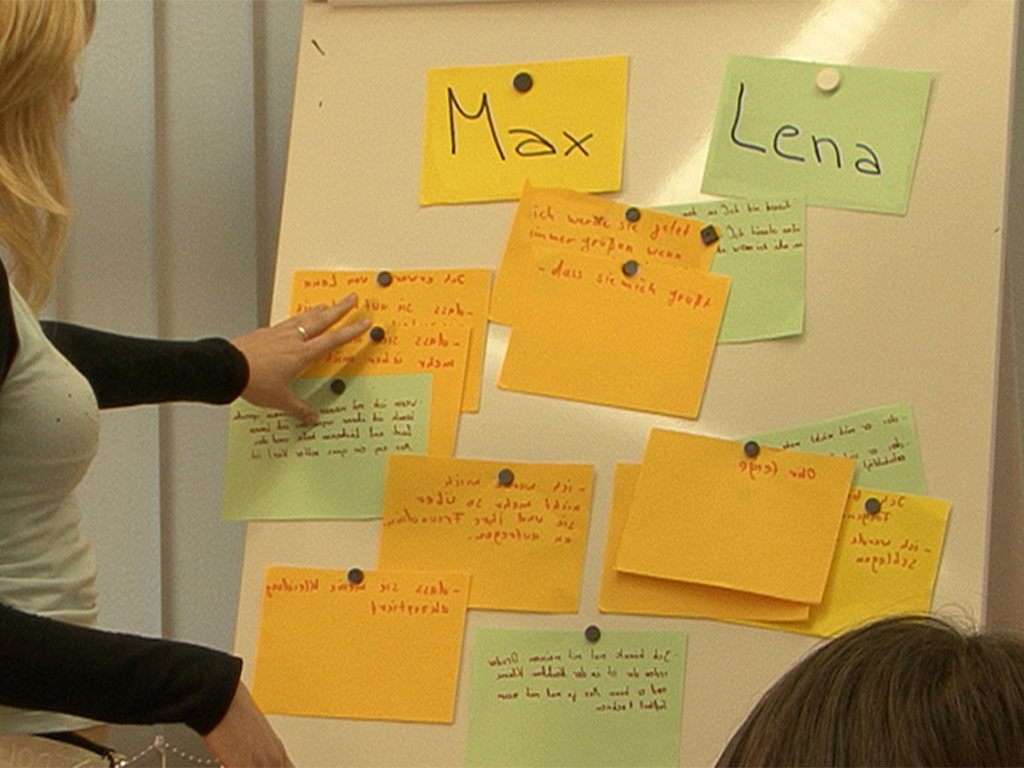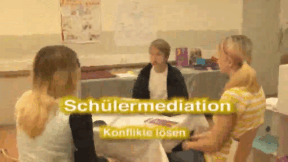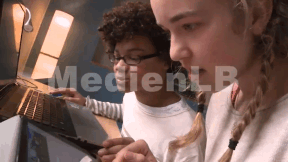 Physics
Physics
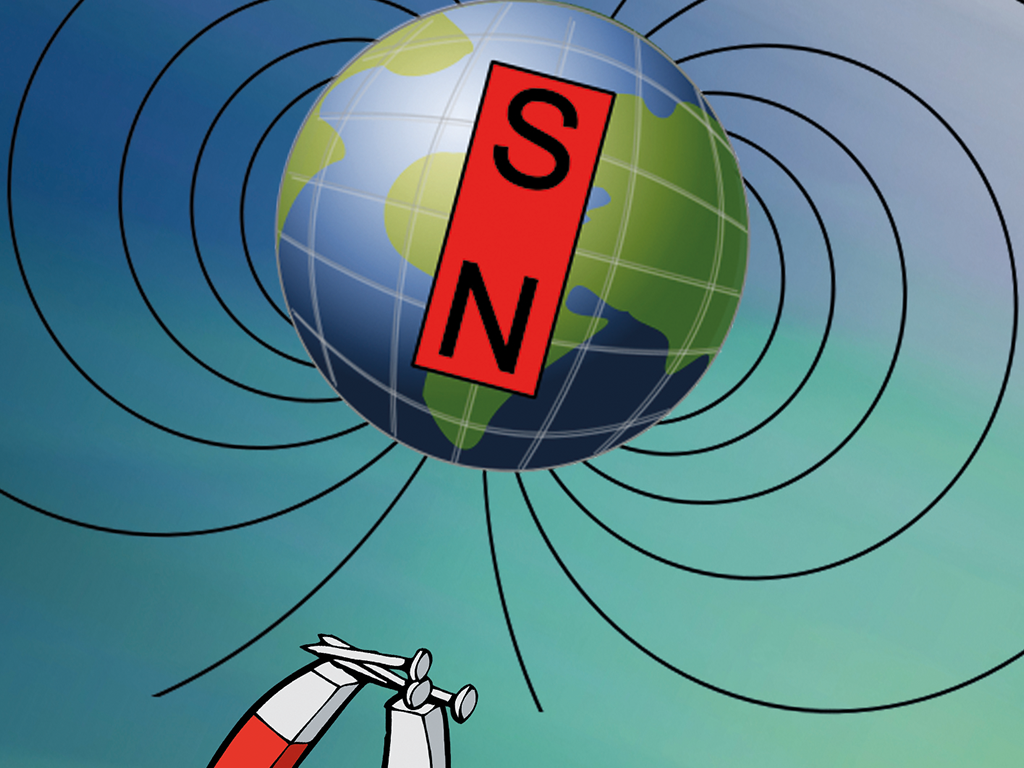

4677061 / 5564356
Magnetism
The invisible force
You cannot smell, see, hear or feel magnetic force itself. So it seems quite magical to us when a metal object can be moved by a magnet through a glass plate as if by an invisible hand, or when we can stick a piece of paper to the refrigerator door with a small magnet. Objects made of metal stick, float or are repelled by each other without us having a simple explanation of it. But not only do many things we use in everyday life work with the help of magnetism, the Earth itself creates a magnetic field. So we are, on the one hand, surrounded by man-made magnetic objects, on the other hand, we live in a natural magnetic field produced by the Earth itself.
Play trailer
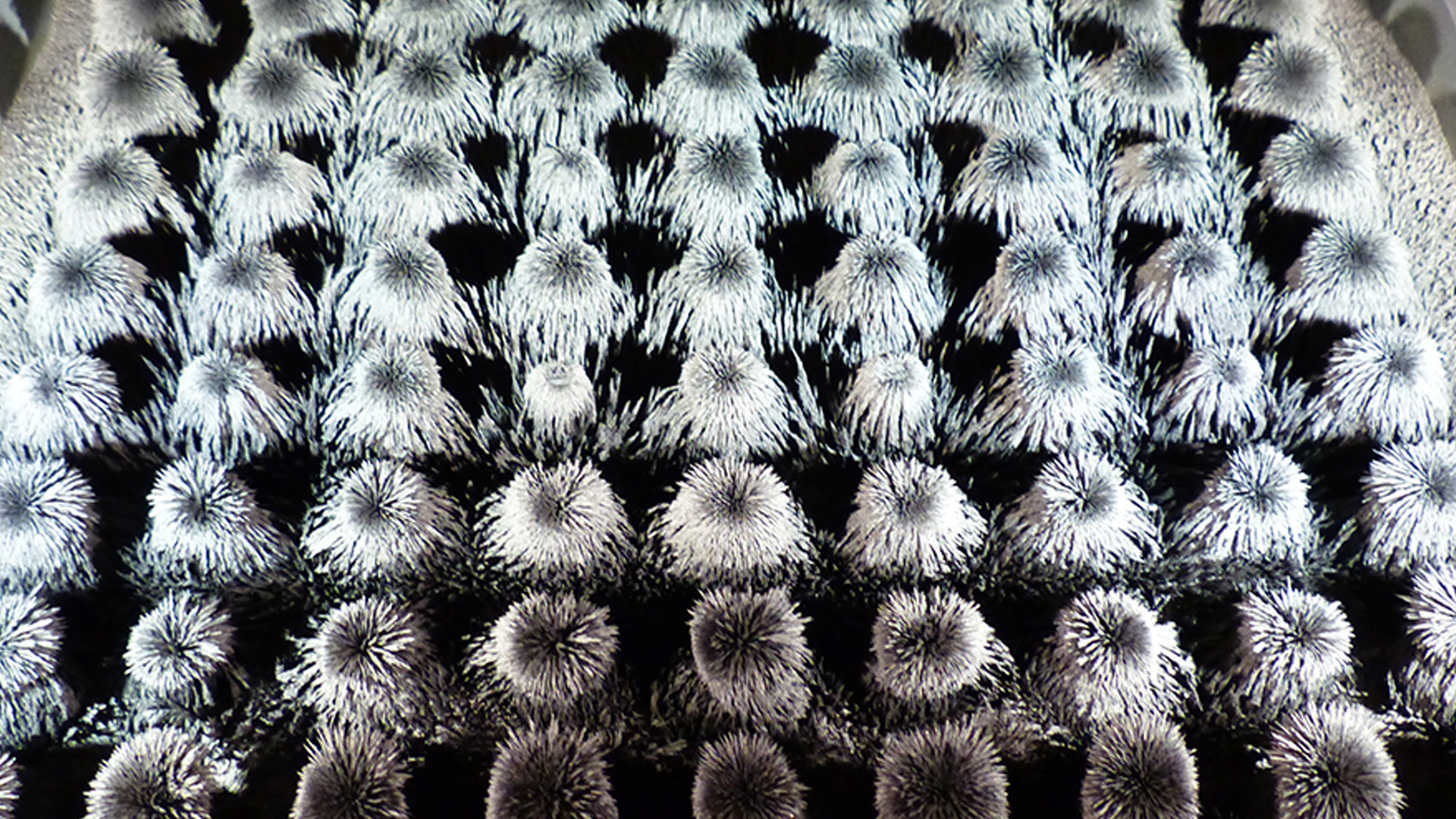
Curriculum-centred and oriented towards educational standards
Matching
Peer Mediation
Lena and Max attend the 7th form. Max is new in class. During a break, Max notices that Lena and her friend are laughing at him again. Max loses his temper! He slaps Lena in the face. That hurts and Lena runs back into the classroom with a red cheek. The growing conflict between the two has escalated. Just like Lena and Max, every day pupils all over Germany have rows with each other. At the Heinrich Hertz Gymnasium in Thuringia, pupils have been trained as mediators for years. At set hours, they are in a room made available by the school specifically for mediation purposes. The film describes the growing conflict between Max and Lena and shows a mediation using their example. In doing so, the terms “conflict” and “peer mediation” are explained in a non-technical way. The aims of peer mediation and its progress in five steps as well as the mediators’ tasks are illustrated. The art of asking questions and “mirroring”, which the mediators must know, is described and explained. Together with the comprehensive accompanying material, the DVD is a suitable medium to introduce peer mediation at your school, too.






